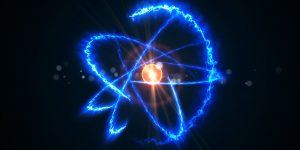Dan Falk at NBC News:
 The 20th century was a remarkably productive one for physics. First, Albert Einstein’s theory of general relativity helped us view gravity not as a force but as a distortion of space. Then Max Planck, Erwin Schrödinger and Werner Heisenberg gave us quantum mechanics — and a fresh understanding of the subatomic world.
The 20th century was a remarkably productive one for physics. First, Albert Einstein’s theory of general relativity helped us view gravity not as a force but as a distortion of space. Then Max Planck, Erwin Schrödinger and Werner Heisenberg gave us quantum mechanics — and a fresh understanding of the subatomic world.
In the middle of the century, two new forces were discovered deep within the atom (the strong and weak nuclear forces). Finally, in the century’s last decades, we got the Standard Model of particle physics — an accounting of all the particles and forces known to exist in our universe.
But the new century brought a rough patch. Yes, there have been some remarkable findings, including the 2012 discovery of the Higgs Boson and the discovery of gravitational waves four years later. But those triumphs were based on theories developed decades earlier — a full century earlier in the case of gravitational waves. And new ideas like string theory (which holds that matter is made up of tiny vibrating loops of energy) remain unverified.
More here.
